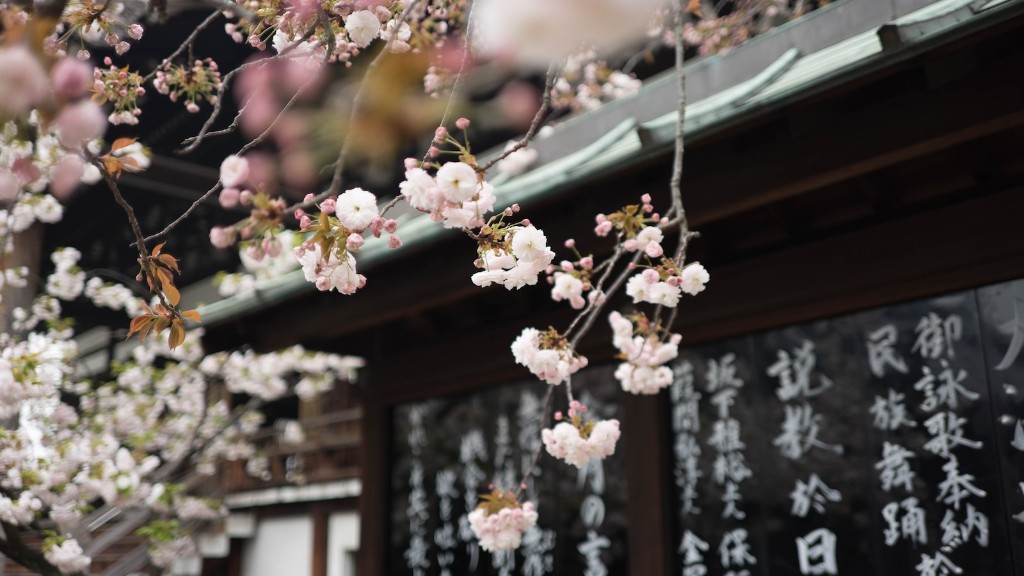Gulliver’s Travels Luggnagg, Glubbdubdrib and Japan Part III Ch 7-11
In the third part of Gulliver’s travels, Jonathan Swift visits Luggnagg, Glubbdubdrib and Japan and shares some of his remarkable adventures. Two of his excursions are to the island of Luggnagg and to the island of Glubbdubdrib – the former being renowned for its immortals, the latter famous for the council of magicians. With each island Swift experiences extraordinary events, meeting people of different backgrounds, learning customs and beliefs, which in turn affects his understanding of mankind.
Swift’s account of Luggnagg stands as a multitude to its inhabitants, the Struldbrugs, or immortals, a people who have seized the sensation of living forever, yet failed to find the joys associated with it. Having attained the highest peak of age by living centuries, the immortal body appears to no longer be capable of sexual reproduction, indicating the process of immortality through the remembrance of generations by physical procreation has come to an end. This is a signal for the existence of society, its societal needs and the understanding of immortality for the Struldbrugs. An unsettling reminder of the natural passage of life and its chapter – death.
The societal needs of the Struldbrugs offer insight into the complex process of living. Swift explains that the citizens of Luggnagg are, with absolutely accuracy, able to transition between both the living and the dead, proving his point of adaptation; change is inevitable. The immortals understand the inevitable changing events they will experience, give it its due course until it becomes accepted by them.
The second excursion is to the island of Glubbdubdrib, its renowned council of magicians providing Swift with an entrée to the world of ancient science. While on this incredible journey, Swift is given a rare opportunity to converse with some of the most famous men in history, gain an insight into the remarkable minds behind their achievements in the sciences, literature, religion and philosophy. What Swift learns of these great men evolves into a broader exploration of civilization and its ambitions for greatness, leading him to an understanding of human nature, its fallibilities and its potential for greatness.
Throughout the voyage, Swift pays close attention to the many different societies present throughout the various islands he visits and, providing anecdotes, examines the impact their collective approach to life has on the individual. He observes the culture and values of each island and draws conclusions as to how they shape the people he meets. He reflects on this, discovers not only what makes people access and benefit from a life of a certain society, but why, in the midst of all the differences, we all share a common path.
Luggnagg Coliseum
At Luggnagg, Swift is offered an unexpected glimpse into the gladiatorial world. The Luggnagg Coliseum was a renowned arena of combat between trained, bloodthirsty fighters, usually prisoners of war. The Coliseum was a brutal display of physical strength and a symbol of the society’s acceptance of violence. Swift’s visit to the Coliseum draws attention to the interweaving of hospitality, sensibility, and strength, all of which feed into a powerful lesson in morality.
Though hostilities between nations are common, the pursuit of justice remains most important. Patriotism and unity can be seen in Luggnagg and Glubbdubdrib, and there remains importance in upholding peace and fairness. Understanding and cooperation are championed, rather than an act of private aggression or revenge, signifying an acceptance of the consequences of war.
Swift’s visit to the Coliseum provides insight into the power of violence, the historical suppression of human rights, and the impact of such events on society and culture. He encourages people to trust and rely on each other to seek and promote peace, and to take action against oppressive governments. He conveys resilience, the strength of character in the face of adversity and the courage to stand up in times of crisis, to bring about justice.
Japan: An Enlightened Society
The climax of Gulliver’s journey occurs when he travels to Japan. A highly organized and prosperous island, Swift reflects on its prosperity with admiration. He is offered a wider opportunity to observe and ponder the advantages of the nation and its generally positive effects on representatives of the island. The civilization of Japan is described as an orchestra of music, an enlightened society that guards the security of its citizens.
As with the island of Luggnagg, the Japanese society is seen to value its societal obligations and the civil rights of its people. He observes the respect of Nippon kings and their domain of power, acknowledging mutual respect between the ruler and the ruled. He is impressed by the compliance of the Japanese people with the laws and the stability that has enabled the island to reach a samurai known as Oedipus – a champion of cultural advancement. Swift is deeply impressed by the intelligence, courage and good judgement of the island’s representatives.
Swift illustrates the sight of justice and discipline in a highly regulated and ordered society, one which upholds a peaceful and harmonious atmosphere among its citizens. He discovers the usefulness of authority, and the consequences of its misuse. He also compares the influence of religion in Japan to the rest of Europe, finding that Japan’s religion has a far greater bearing upon its people and their behavior than religion does in Europe.
After his visit to Japan, Swift views Japan’s culture as a beacon of achievement in social and political progress. His admiration for the island combines with a sense of caution, as he is wary of moral and physical degeneration. He warns against the effects of avarice and prejudice, as well as a negative attitude towards the natural progress of society and civilization.
Invoyagingthe treacherous seas of Luggnagg, Glubbdubdrib and Japan, Swift realizes the importance of the right navigational techniques to avoid danger. Swift makes a point of elaborating on the navigational customs that guided his ship, as well as those of the other travellers who accompanied him on his expeditions. His meticulous descriptions of the naval instruments needed to stay out of danger, as well as common practices used to keep oneself and the ship safe are fascinating.
In particular, Swift discusses the navigational techniques used in Japan. These included the use of a specific type of charting which involved drawing lines crossing the oceans with arrows indicating the direction of the wind and current. Setting sail and travelling in a particular route was also discussed in detail. Swift notes that, when aided by the right navigational equipment, combined with the experience and skill of the sailors, it is possible to make rapid progress and remain safe.
Swift’s descriptions of navigational techniques become increasingly detailed when he recounts his explorations in Luggnagg and Glubbdubdrib. He talks of the ships fitted with navigational instruments such as compasses and asehmanometers, the direction of the sea and the dangers associated with miscalculations. He relates stories of being lost at sea, of the fear of becoming a victim of piracy, and the many risks associated with voyaging on the open seas. The importance of navigational techniques is highlighted, as Swift emphasizes the need to utilize the right instruments and techniques to observe and avoid danger.
A Society of Knowledge
The keen interest Swift took in the scientific experiments conducted on Glubbdubdrib encouraged the magicians in their pursuit of knowledge and the advancement of science. Swift collects numerous accounts of the experiments, noting the success and failures that had occurred. In particular, he is enthralled by a recollection of the experiments conducted by the renowned inventor, Jean Bernoulli, on the principle of the circulation of air.
From the various experiments that took place, Swift was able to observe an extraordinary aspect of Glubbdubdrib’s society – its approach to learning and knowledge. Scientists and philosophers alike had the luxury to explore their fields of study in an obstacle free environment. This provided them with a sense of free thinking, allowing their discoveries to transcend the boundaries of their own society and expand into the rest of the world.
Through the scientific experiments conducted on the island, Swift makes an uplifting observation – the importance of education. He comments that if a nation works to provide its citizens the chance to gain knowledge and extend their education, it will promote stability and progression. Not only would scholars benefit from these advances, but also the people through the benefits of science and the innovations it pursues.
Swift also relates the importance of education to an individual’s ethical responsibilities. He draws attention to the consequences of not balancing an individual’s rights with their responsibilities to others, and how this affects one’s sense of morality. He believes that knowledge should be pursued in a manner that keeps one to a moral compass, a path of humane decency.
The Burden of Immortality
The Struldbrugs, Swift’s immortals, are at first glance exempt from the chapter of death, but soon reveal they carry the same burdens, and more, despite being immortal. Swift’s account of the Struldbrugs initial joy for their status is quickly overshadowed, as he explains how their immortality actually causes them only suffering. The Struldbrugs must battle time, as they refuse to accept its toll and attempt to obtain complete bodily immortality establishing a cycle of severe disappointment and despair.
The Struldbrugs come to





